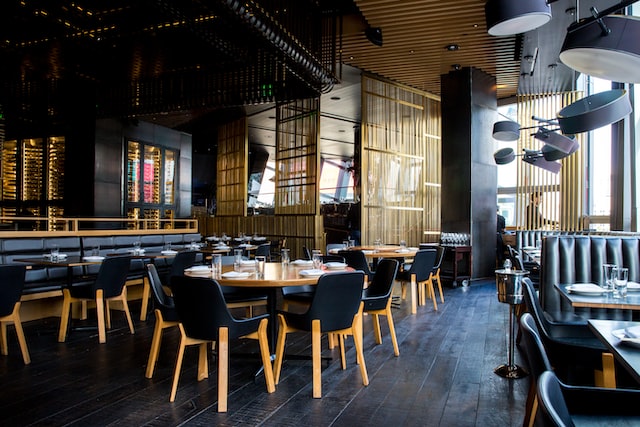Artificial Intelligence (AI) software refers to computer programs that can perform tasks that usually require human intelligence, such as decision-making, learning, problem-solving, and natural language processing.
In the restaurant industry, AI software is becoming increasingly popular as an innovative and efficient way to improve customer service, streamline operations, reduce costs, and enhance decision-making. This article explores the benefits, current use, future possibilities, and challenges of AI software in the restaurant industry.
Benefits of AI software in the restaurant industry
AI software can bring several benefits to the restaurant industry, such as:
Improved customer service through personalized recommendations: AI software can analyze customer data, such as order history, preferences, and feedback, to provide personalized recommendations for menu items, specials, and promotions. This can enhance the customer experience and increase loyalty.
Streamlined ordering and payment processes: AI software can automate ordering and payment processes, such as through chatbots, virtual assistants, or mobile apps, reducing waiting times, minimizing errors, and increasing efficiency.
Increased efficiency and cost savings in food preparation and inventory management: AI software can optimize food preparation and inventory management by predicting demand, minimizing waste, and reducing operational costs.
Enhanced decision-making with data-driven insights: AI software can analyze vast amounts of data, such as sales trends, customer feedback, and social media activity, to provide actionable insights for decision-making, such as menu design, pricing strategies, and marketing campaigns.
Current use of AI software in the restaurant industry
Several AI software applications are already in use in the restaurant industry, such as:
Chatbots: Chatbots are AI-powered conversational interfaces that can interact with customers through messaging platforms, such as Facebook Messenger, WhatsApp, or Slack. They can handle simple queries, such as hours of operation, location, or menu items, and provide personalized recommendations based on customer data.
Virtual assistants: Virtual assistants are AI-powered voice assistants, such as Amazon’s Alexa, Google’s Assistant, or Apple’s Siri, that can interact with customers through smart speakers, mobile phones, or other devices. They can handle more complex queries, such as reservations, orders, or payments, and provide personalized recommendations based on customer data.

Predictive analytics: Predictive analytics is the use of statistical algorithms and machine learning techniques to analyze data and make predictions about future events, such as demand, sales, or customer behavior. Predictive analytics can help restaurants optimize their operations, such as by predicting food demand, optimizing staff scheduling, or reducing waste.
Case studies of successful implementation in major restaurant chains include:
McDonald’s: McDonald’s uses AI software to optimize the drive-thru experience by using voice recognition technology to take orders, and AI-powered cameras to identify license plates and suggest personalized menu items based on previous orders.
Starbucks: Starbucks uses AI software to personalize the customer experience by analyzing customer data, such as purchase history, location, and weather, to suggest personalized drinks and promotions.
The future of AI software in the restaurant industry
The future of AI software in the restaurant industry is full of possibilities, such as:
Advancements in natural language processing and computer vision technology: AI software can become even more advanced in its ability to understand and respond to natural language and visual cues, such as facial expressions, gestures, or emotions. This can enhance the customer experience and improve efficiency.
Integration with augmented and virtual reality experiences: AI software can be integrated with augmented and virtual reality technologies, such as smart glasses, to enhance the customer experience, such as by providing real-time translations, immersive menus, or virtual tours of the kitchen.
The emergence of more sophisticated predictive analytics and machine learning capabilities: AI software can become even more sophisticated in its ability to analyze data


